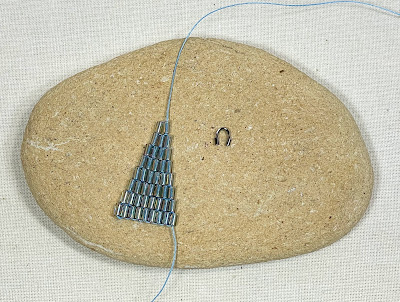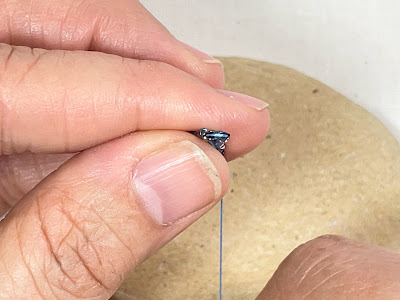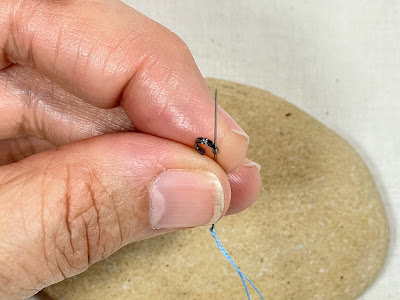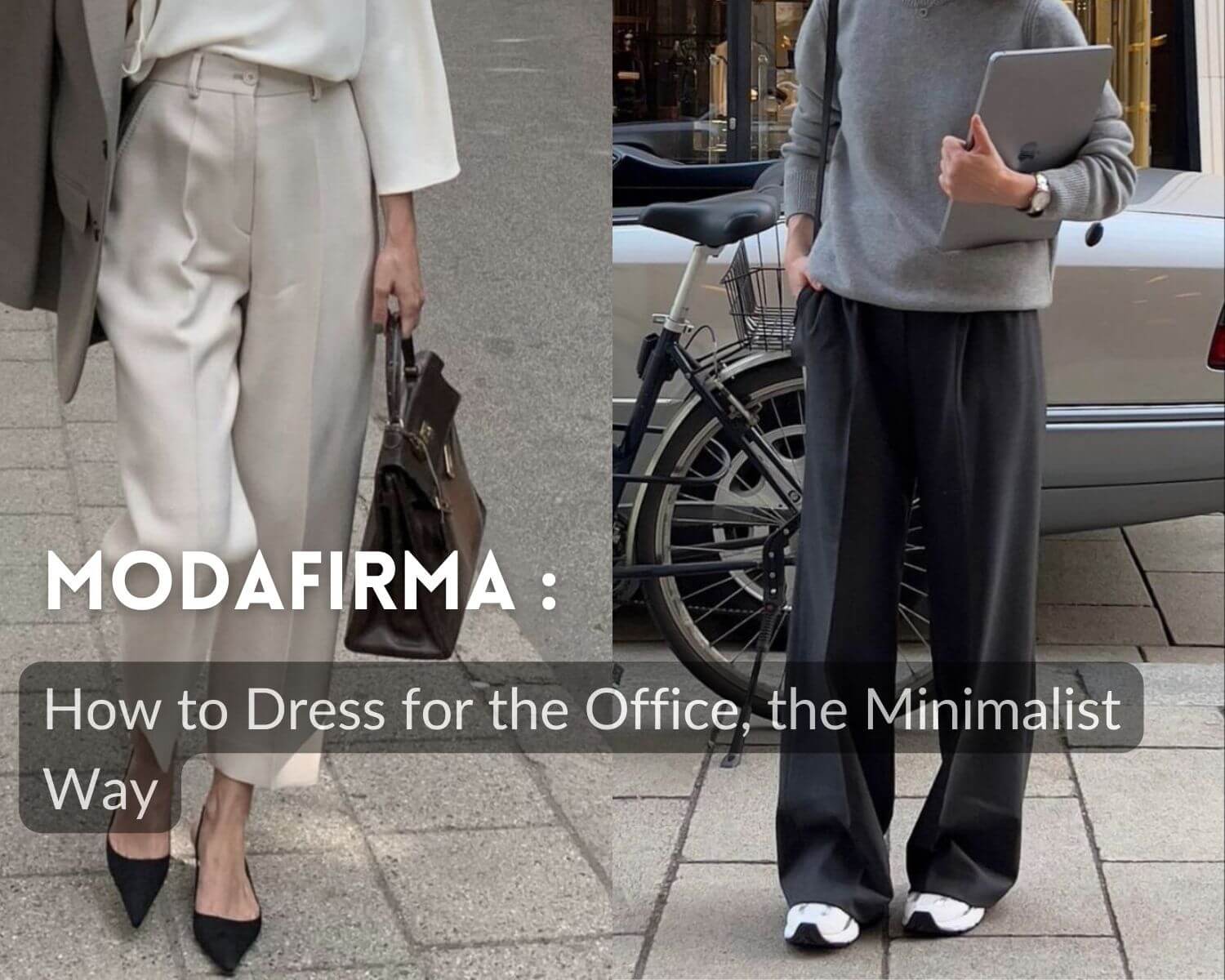 |
| Bugle bead earring component next to wire guardian |
There are a variety of ways to attach findings to beadwork. One very secure and attractive way is to use wire guardians. Wire guardians are small, U-shaped metal findings that are used to protect the ends of beading wire or thread from wear and tear. Wire guardians may also be called wire guards, thread protectors, or wire protectors. They are convenient to use and they can help prevent the thread on your handmade bead jewelry from breaking or coming undone. One way to use them is as the hanging loop for brick stitch fringe earrings.
If you look closely at a wire guardian, there is a small tube at the base on each side that is connected in the middle by a curved open channel. The tubes on each side is where the thread goes through to secure the wire guardian and the curved channel holds the thread or stringing wire in place and protects the thread from abrasion. A jewelry finding such as a jump ring, earring hook or clasp, is connected to the curved channel.
Wire guardians are most often used with beading wire in strung bead designs, but there is no reason not to use them with thread and beadwork. They protect all sorts of stringing materials and provide a simple finished look that can compliment your bead design and match your findings.
 |
| Two groups of wire guardians in silver and gunmetal |
Wire guardians are available in several sizes to accommodate different diameters of beading wire and thread. Most wire guardians are about 4-5 mm in width and length with tubes between .2mm to 1.1mm.
Ideally, you want the size of the wire guardian tube to allow 2-3 passes of your beading thread. If the wire guardians are too large, they may overpower your beadwork design and if the tubes are too big, it will allow the thread to move within the tube – resulting in the abrasion that you are trying to avoid by using the wire guardian in the first place. A .5mm tube size works well with 6-10 lb. fishing line types of bead thread like FireLine and Hercules.
You can find wire guardians on Amazon or other online suppliers or your local bead store. I have not seen them at the large retail craft chain stores – but if you have, let me know in the comments.
If you currently use a beaded loop to attach findings to your beaded earrings, the process of using a wire guardian is similar. Finish your brick stitch base and with your thread coming out of the top, stitch up through one end of the tube and then put your needle down the other side. Stitch through the top bead on the other side of the base. Due to the size and separation between the tube portion of the wire guardians, they work best sitting on a base of 2 or 3 beads.
 |
| Close up of thread in channel of the wire guardian |
As you pull the thread through the bead, make sure it sits in the channel at the top of the wire guardian. If you don’t guide it into place in the channel, it can skip the channel and sit between the two tubes.
 |
| Reinforcing attachment of wire guardian with additional thread pass |
Once you’ve made sure the thread is in the channel, go up the first bead again and follow the same thread path to reinforce the attachment of the wire guardian. This second stitch around will also help keep the two top beads together at the base (see 2 photos above where they are separate in a V shape).
 |
| Beaded earring component with wire guardian attached |
Once you have completed the second loop, your wire guardian is secure. From here, you can continue your beadwork project by either weaving in and securing the thread end or stitching through the component to the base row and adding fringe.
 |
| Beaded fringe earrings with wire guardians attaching to ear hooks |
One thing that I’m not sure I appreciated until writing this article was that these earrings would have been difficult to finish cleanly without the use of wire guardians.
My typical alternative would have been to use a bead loop, which would have looked wonky made with bugle beads, or I would have had to find a similar seed bead color (which would never happen). The other option is to add a closed jump ring but that would made the hanging loop face the opposite way. It could also introduce the problem of abrasion against the thread and jump ring.
Do you use wire guardians? When do you find them most useful? Any hints or tips that I should know about? Use the comments to let us know.
Links to related content you may find helpful:





:max_bytes(150000):strip_icc():focal(999x0:1001x2)/rita-moreno-2024-oscars-031024-54cb2c55c28543c6893ec395fd29d6de.jpg)


